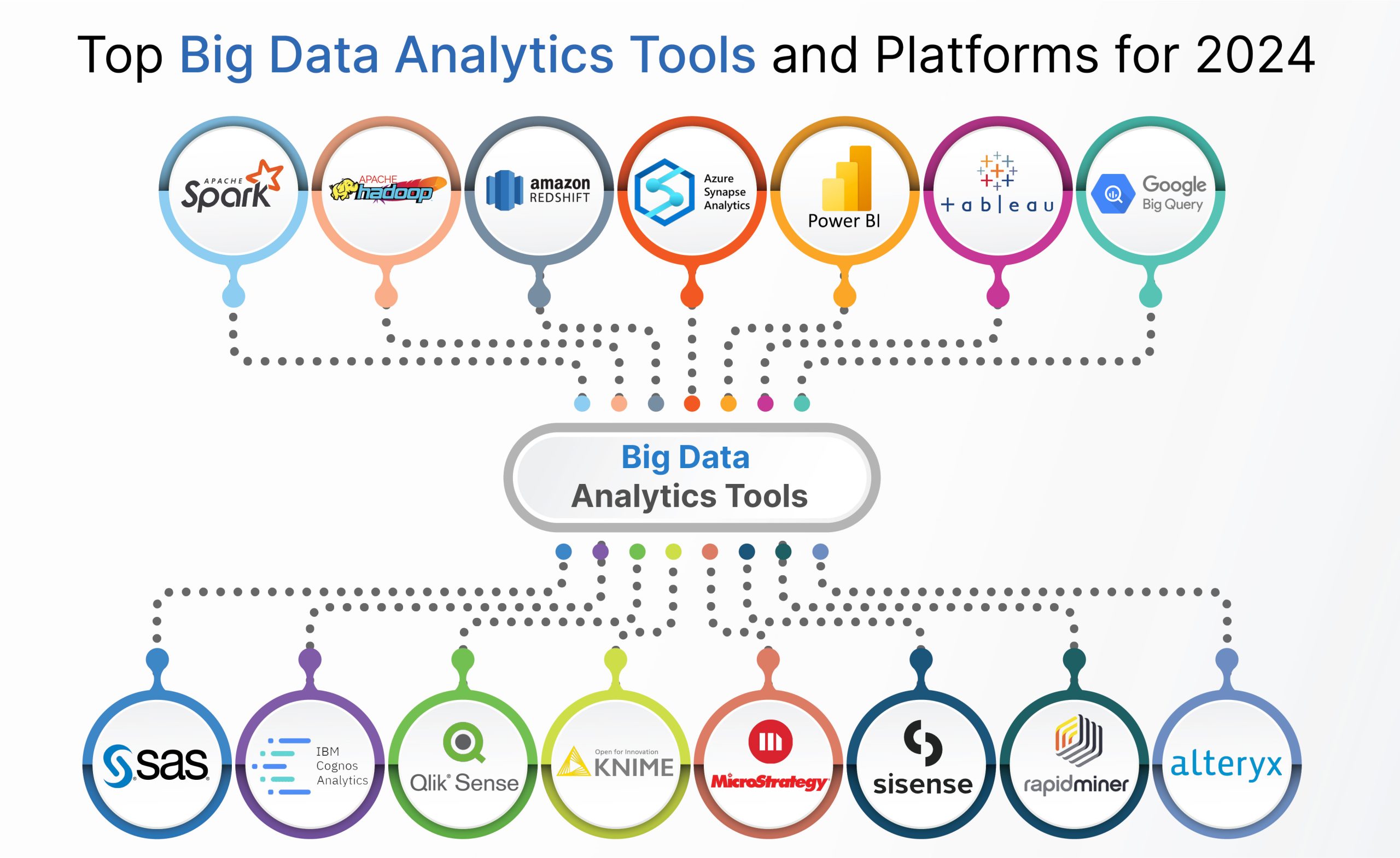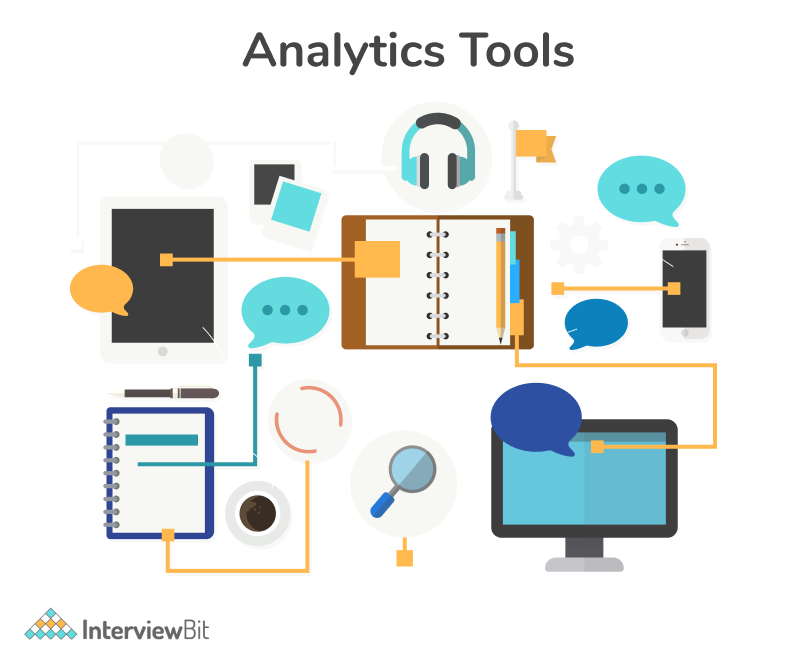Improve Your Procedures with Intelligent Analytics Solutions
Improve Your Procedures with Intelligent Analytics Solutions
Blog Article
Increase Efficiency and Profitability Through Data Analytics
In today's data-driven landscape, organizations are significantly recognizing the pivotal role of data analytics in enhancing functional effectiveness and productivity. By methodically analyzing information, organizations can discover essential insights that educate strategic choices, streamline processes, and tailor client experiences (Analytics). Nevertheless, the challenge exists not only in the implementation of these analytical devices yet likewise in understanding how to equate data right into workable end results. As we explore the subtleties of effective data-driven techniques, the implications for both temporary gains and long-lasting success come to be increasingly clear. What might these understandings expose for your company?
Comprehending Information Analytics
In today's data-driven landscape, understanding information analytics is necessary for companies aiming to improve functional effectiveness and drive profitability. Data analytics includes the systematic computational analysis of information collections to discover patterns, correlations, and insights that notify decision-making. By employing numerous strategies, such as statistical evaluation, machine knowing, and predictive modeling, companies can change raw data right into workable knowledge.
The procedure generally begins with data collection, where relevant information is collected from multiple resources, including transactional databases, customer communications, and market trends. This data is then cleansed and organized to guarantee accuracy and uniformity. Once the data is prepared, analytical tools and software application are used to picture the info and discover, enabling stakeholders to identify patterns and abnormalities.
Inevitably, understanding data analytics encourages companies to make enlightened choices based upon empirical evidence instead of intuition. It assists in targeted methods that can enhance resource allocation, boost client contentment, and boost general efficiency. As companies increasingly identify the worth of data-driven understandings, a strong understanding of data analytics comes to be a crucial expertise for teams and leaders alike, positioning them for continual success in a competitive setting.
Trick Advantages for Companies
Businesses that take advantage of data analytics can open a wide range of advantages that considerably enhance their procedures and profitability. One of the key benefits is boosted decision-making. Information analytics gives workable understandings stemmed from real-time data, permitting organizations to make enlightened choices that straighten with market needs and customer preferences.

Furthermore, data analytics cultivates improved customer experiences. By recognizing consumer actions and preferences, companies can tailor their offerings, causing raised satisfaction and loyalty. This customized technique typically leads to greater conversion rates and repeat company.
Moreover, information analytics enables businesses to identify emerging trends and opportunities. By remaining ahead of the contour, companies can take advantage of brand-new markets and technologies prior to their rivals.
Executing Data-Driven Techniques
Successful application of data-driven methods needs an extensive understanding of both offered information and organizational objectives resources. Organizations needs to first specify their goals plainly, making certain placement in between data initiatives and tactical objectives. This quality allows groups to concentrate on pertinent metrics and understandings that drive decision-making.
Following, services ought to analyze their existing data infrastructure. This entails examining information quality, accessibility, and assimilation capacities. High-quality information is important for accurate evaluation, as bad information can cause misguided strategies and thrown away resources. Organizations must develop procedures for data collection, cleansing, and management to keep data honesty.
In addition, promoting a data-driven culture is important. Staff members in any way levels ought to be urged to utilize data in their everyday operations. Training workshops and programs can enhance data literacy, equipping staff to make enlightened decisions based upon analytical insights.
Tools and Technologies Introduction
A durable suite of modern technologies and devices is important for organizations aiming to harness the complete possibility of information analytics. These tools assist in the collection, processing, and visualization of data, allowing businesses to obtain actionable insights.
At the fundamental level, information management systems such as SQL data sources and NoSQL systems provide efficient information storage and retrieval capabilities. For data handling and evaluation, programming languages like Python and R, together with frameworks such as Apache Glow, make it possible for complicated calculations and artificial intelligence applications.
Visualization devices, including Tableau and Power BI, change raw data right into intuitive visual styles, making understandings accessible to stakeholders whatsoever degrees. In addition, cloud-based platforms like Google Cloud and AWS provide scalable storage space and handling options, fitting the growing quantities of information organizations encounter.
For advanced analytics, predictive modeling and AI-driven services are significantly embraced, enabling firms to forecast patterns and enhance decision-making processes. Integrating these tools into existing operations is critical; organizations that effectively take advantage of this technology can considerably boost functional effectiveness and drive click here to read profitability. Hence, purchasing the right tools and modern technologies is a strategic important for any data-driven company.
Case Research Studies of Success
Leveraging information analytics has actually led various organizations to accomplish exceptional renovations in performance and success. One noteworthy situation is a big retail chain that applied anticipating analytics to maximize supply monitoring. By examining historic sales information and customer have a peek at these guys trends, the business minimized excess stock by 30%, leading to considerable price financial savings and improved cash money circulation.
An additional instance can be located in the production sector, where a leading automobile maker used information analytics to improve its manufacturing procedures. By keeping track of machine efficiency in real-time, the organization identified inadequacies and bottlenecks, causing a 20% rise in overall tools efficiency (OEE) This not just increased production rates however likewise minimized downtime and upkeep costs.

These study highlight exactly how data analytics can drive tactical decision-making, enhance processes, and eventually boost both effectiveness and profitability across different fields.
Conclusion
In verdict, the assimilation of information analytics right into company operations provides substantial chances for improving effectiveness and productivity. By my link methodically analyzing information, organizations can identify inefficiencies, optimize consumer experiences, and make educated choices.
In today's data-driven landscape, recognizing information analytics is essential for companies aiming to boost operational effectiveness and drive earnings. Data analytics includes the organized computational evaluation of information sets to reveal patterns, relationships, and understandings that notify decision-making. Data analytics supplies workable insights derived from real-time information, allowing businesses to make educated choices that line up with market demands and customer preferences.
High-grade information is crucial for exact analysis, as inadequate information can lead to misdirected techniques and wasted sources. Organizations needs to establish procedures for data collection, cleansing, and monitoring to maintain information stability.
Report this page